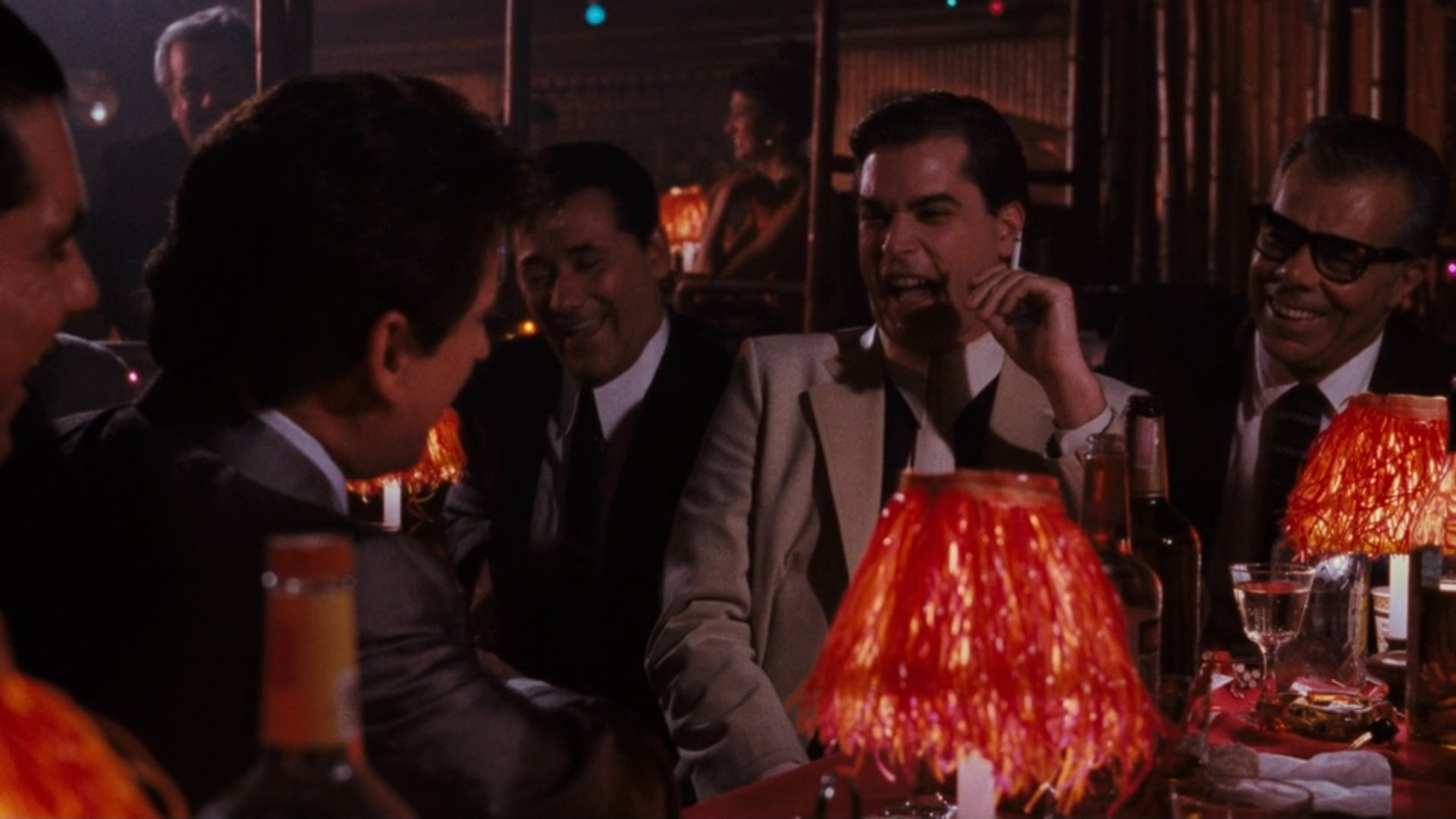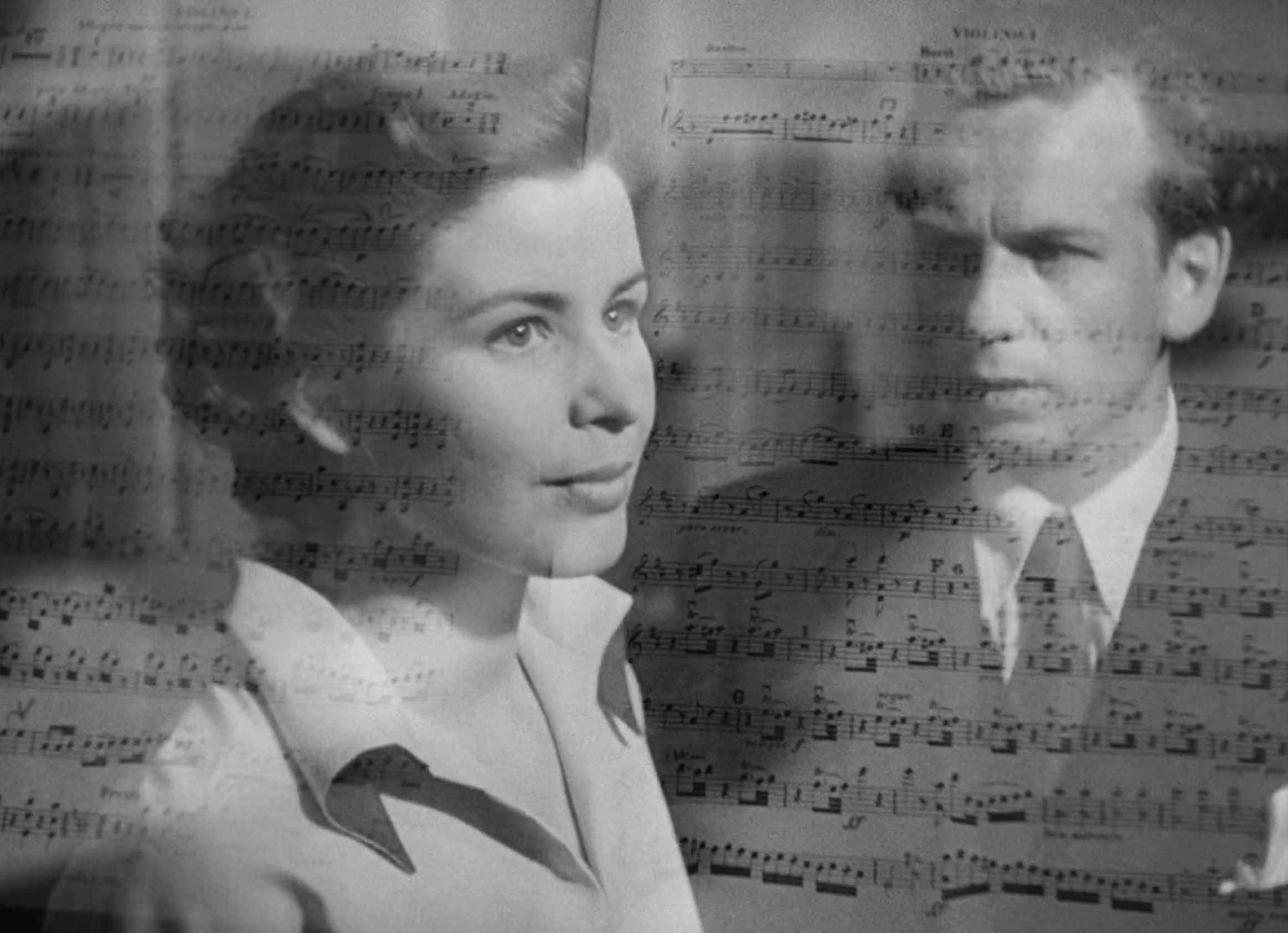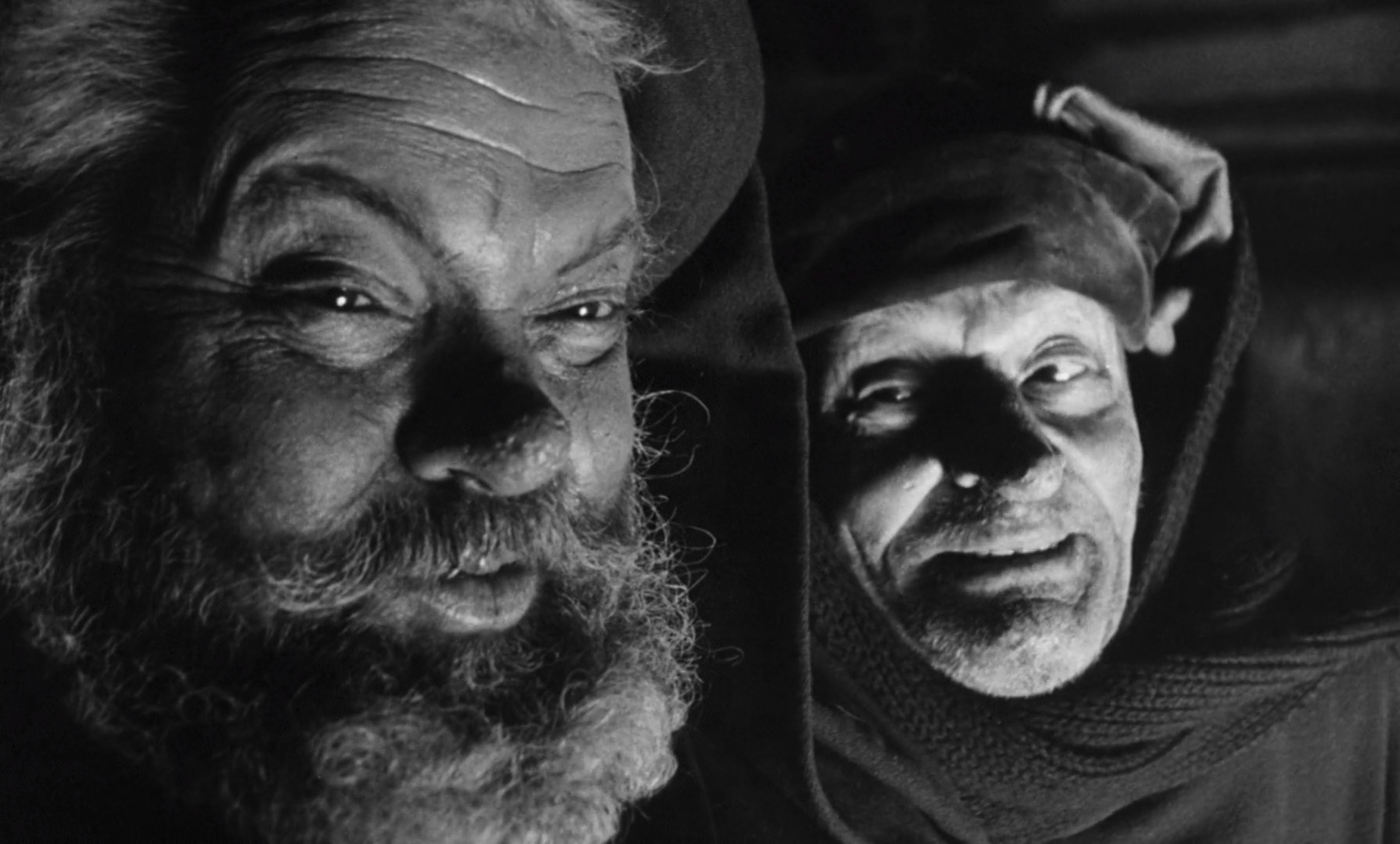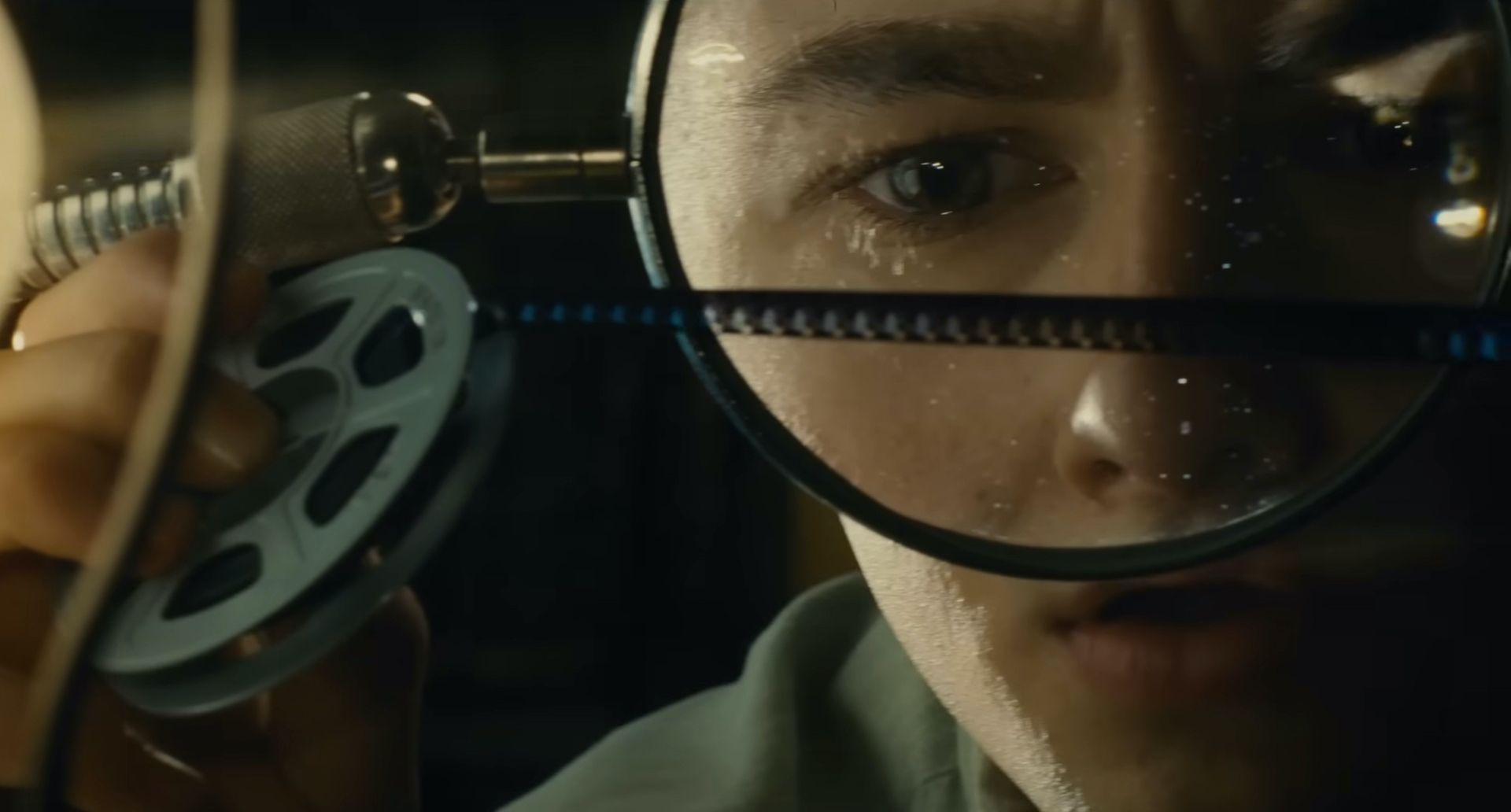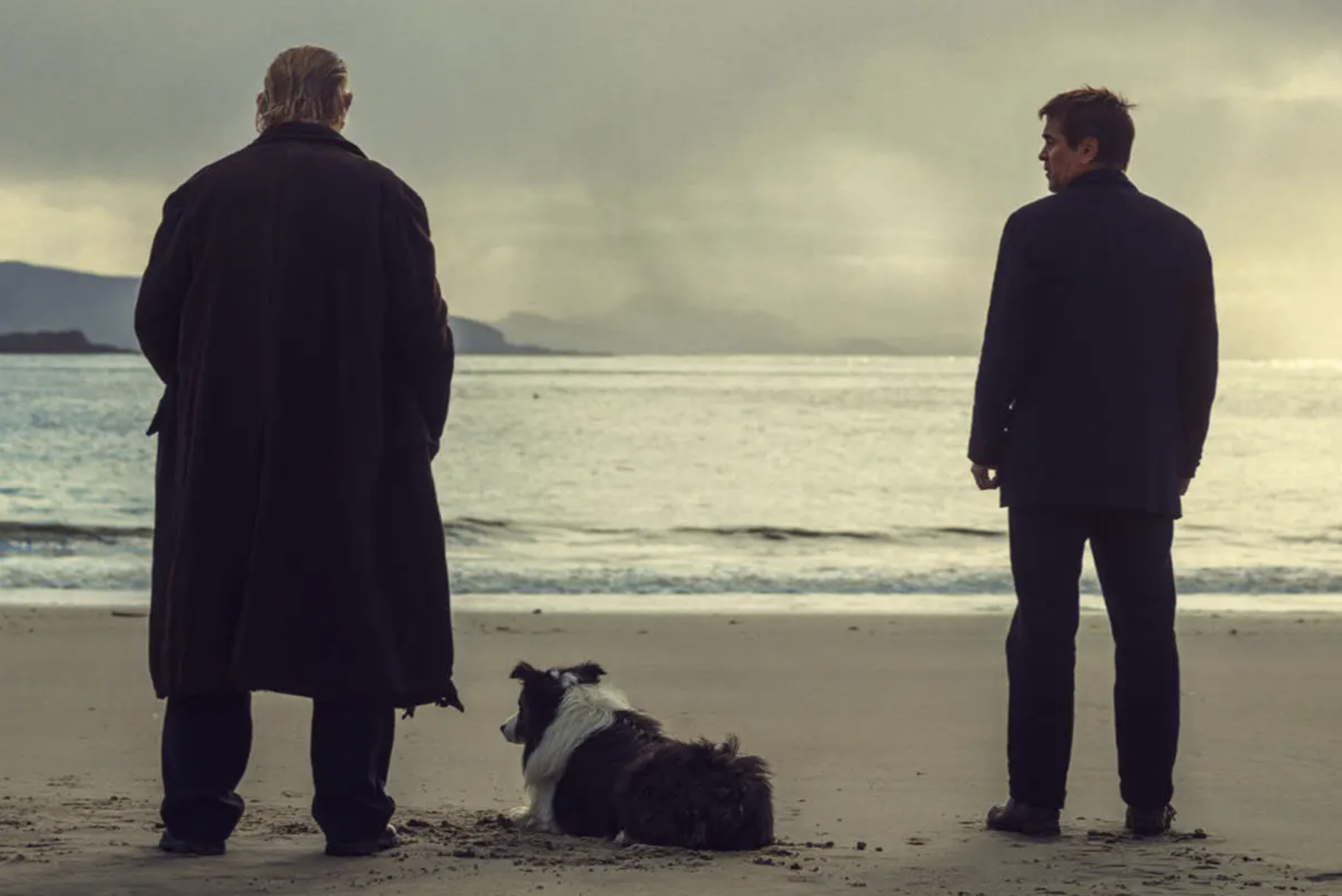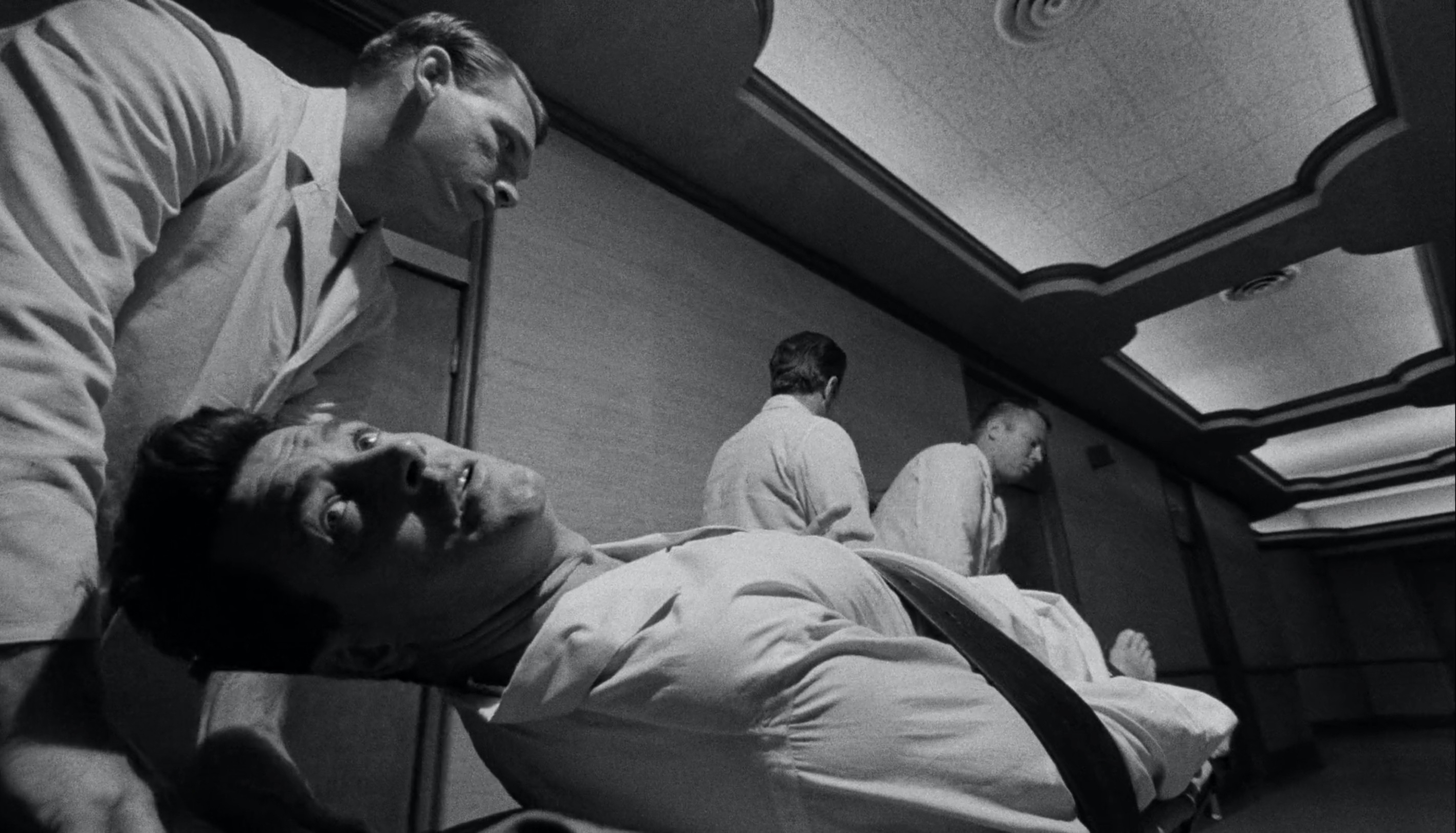Goodfellas (1990)
Martin Scorsese’s vibrant filmmaking meets both the luxury and thrills of the gangster lifestyle with a spirited energy in Goodfellas, pushing its brisk pacing forward through kinetic editing and dynamic camerawork, and in his construction of such a transcendently compelling narrative on top of this, he brilliantly stands it up among the finest of its genre.

